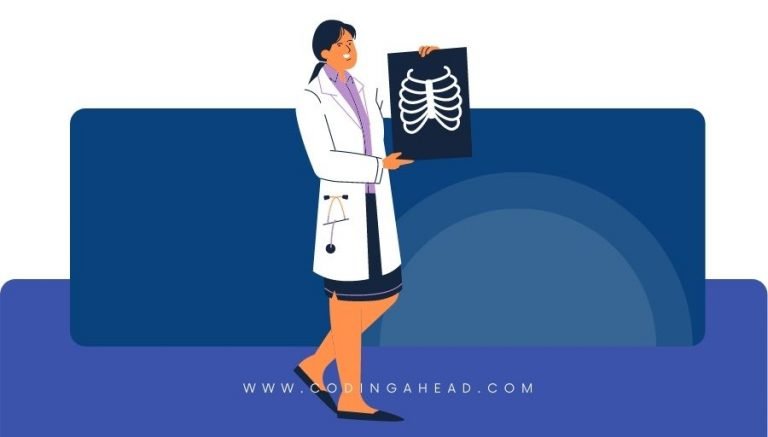How To Use CPT Code 92551
CPT 92551 is a screening test for pure tone, air only, used to detect hearing problems. This article will cover the description, procedure, qualifying circumstances, billing guidelines, documentation requirements, historical information, similar codes, and examples of CPT 92551.
1. What is CPT 92551?
CPT 92551 is a Current Procedural Terminology (CPT) code used to describe a screening test for pure tone, air only. This test is performed to determine if a patient’s hearing is within an acceptable range and to detect any potential hearing problems. Medical professionals use this code to bill for the service when it is performed on a patient.
2. 92551 CPT code description
The official description of CPT code 92551 is: “Screening test, pure tone, air only.”
3. Procedure
The 92551 CPT code procedure involves the following steps:
- The patient is seated and wears headphones.
- The provider delivers a series of tones or sounds to the patient.
- The patient responds to the sounds or tones they hear by raising either hand when a tone is heard in the respective ear.
- The provider notates whether or not the patient responds to each tone.
- If the patient’s responses are inadequate for the test, the provider recommends additional testing to further evaluate the patient’s hearing.
4. Qualifying circumstances
Patients who are eligible to receive CPT code 92551 services include those who:
- Have a history of hearing problems or concerns.
- Are experiencing symptoms of hearing loss, such as difficulty understanding speech or frequently asking others to repeat themselves.
- Have been exposed to loud noises or environments that could potentially damage their hearing.
- Are required to undergo hearing screening for occupational or other reasons.
- Are being evaluated for hearing aids or other assistive listening devices.
5. When to use CPT code 92551
It is appropriate to bill the 92551 CPT code when a provider performs a pure tone, air only screening test on a patient to assess their hearing and determine if further evaluation or intervention is necessary. This code should be used for the initial screening test and not for more comprehensive audiologic evaluations or follow-up testing.
6. Documentation requirements
To support a claim for CPT 92551, the following information should be documented:
- Patient’s medical history, including any history of hearing problems or concerns.
- Reason for the hearing screening, such as symptoms, exposure to loud noises, or occupational requirements.
- Results of the pure tone, air only screening test, including the patient’s responses to each tone and any observed difficulties.
- Provider’s recommendations for further evaluation or intervention, if applicable.
7. Billing guidelines
When billing for CPT code 92551, keep in mind the following guidelines and rules:
- This code includes testing of both ears. Use modifier 52 (reduced services) if the test is applied to one ear instead of both.
- Study the descriptions of CPT codes 92550 to 92597 (Audiologic Function Tests) to determine which code to report when the provider assesses a patient’s hearing.
- Ensure that the documentation supports the use of CPT 92551 and includes all necessary information as outlined in the documentation requirements section.
8. Historical information
CPT 92551 was added to the Current Procedural Terminology system on January 1, 1990. There have been no updates to the code since its addition.
9. Similar codes to CPT 92551
Five similar codes to CPT 92551 and how they differentiate from CPT 92551 are:
- CPT 92550: This code is used for tympanometry and reflex threshold measurements, which assess the function of the middle ear and eardrum.
- CPT 92552: This code is for pure tone audiometry (threshold); air only, which is a more comprehensive test of hearing thresholds at various frequencies.
- CPT 92553: This code is for pure tone audiometry (threshold); air and bone, which includes both air and bone conduction testing to evaluate the patient’s hearing.
- CPT 92555: This code is for speech audiometry threshold testing, which measures the patient’s ability to hear and understand speech.
- CPT 92556: This code is for speech audiometry (speech in noise) testing, which evaluates the patient’s ability to hear and understand speech in the presence of background noise.
10. Examples
Here are 10 detailed examples of CPT code 92551 procedures:
- A patient with a history of hearing problems undergoes a pure tone, air only screening test to determine if their hearing has worsened.
- A patient who has been exposed to loud noises at work receives a pure tone, air only screening test as part of a routine occupational health assessment.
- A patient experiencing difficulty understanding speech undergoes a pure tone, air only screening test to determine if they have hearing loss.
- A patient who frequently asks others to repeat themselves receives a pure tone, air only screening test to assess their hearing.
- A patient being evaluated for a hearing aid undergoes a pure tone, air only screening test as part of the initial assessment process.
- A patient with a family history of hearing loss receives a pure tone, air only screening test as a preventative measure.
- A patient who has recently experienced sudden hearing loss in one ear undergoes a pure tone, air only screening test to determine the extent of the loss.
- A patient with tinnitus receives a pure tone, air only screening test to assess their hearing and determine if further evaluation is necessary.
- A patient who has difficulty hearing in noisy environments undergoes a pure tone, air only screening test to determine if they have hearing loss.
- A patient with a history of ear infections receives a pure tone, air only screening test to assess their hearing and determine if any damage has occurred.



